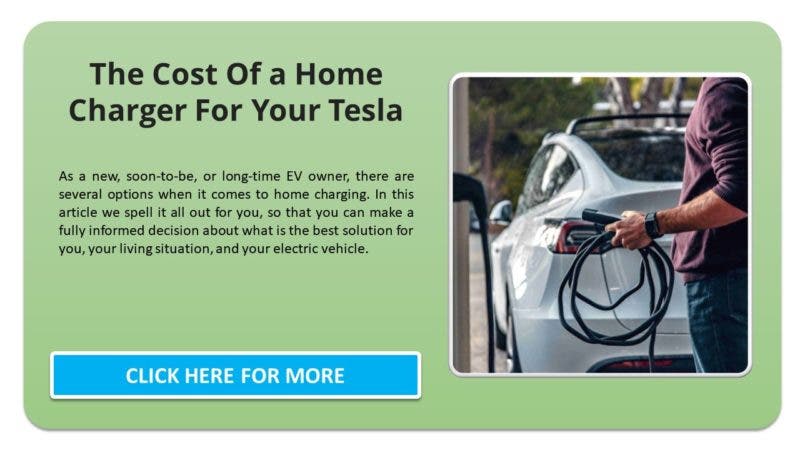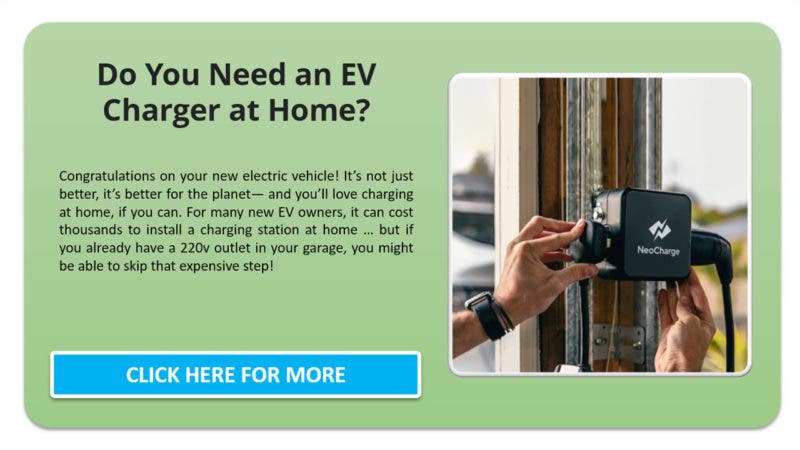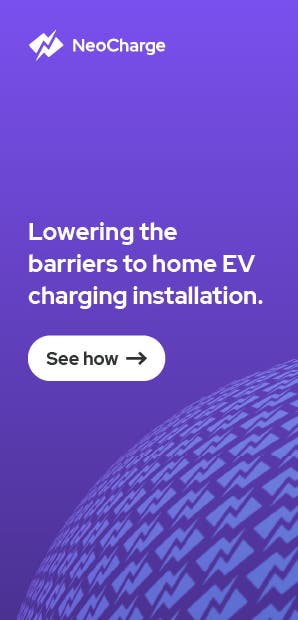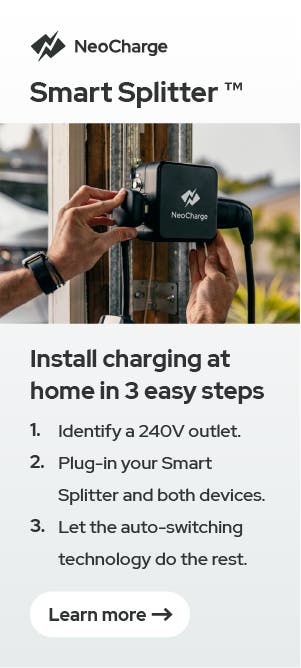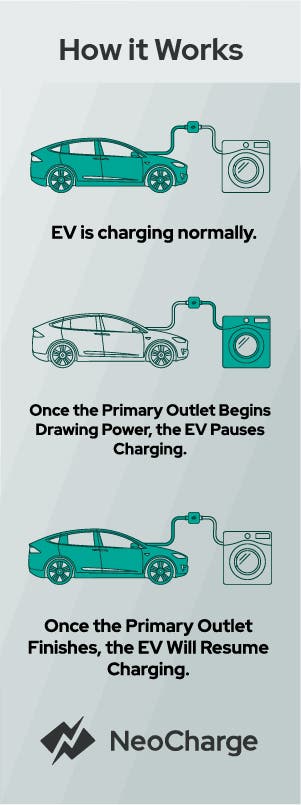“How do you charge an electric car at home?” is one of the most popular questions first-time electric car owners have. This is because charging a car can typically be a very foreign experience. There are a number of new terminologies involved with charging a car such as amps, kilowatt hours, and the three levels of charging. Undoubtedly, this may be overwhelming at first, however, over time and in addition to resources like this, many drivers quickly realize it really is just as easy as charging a phone.
Charging From the Comforts of Your Home
Whether the electric car is a Tesla Model 3, Nissan Leaf, or Mustang Mach-E, they all can charge at the comfort of your home. Conveniently, many EV drivers plug in when they get home and wake up to a fully charged battery just like their phone. Depending on the battery size and daily mileage, it can take anywhere from an hour to several hours to charge an electric car at home. All things considered, in order to figure out how you can do this yourself it is important to understand the differences between all three levels of charging and what you need in order to get fast charging at home. Let’s dive in!
Differences between Level 1, Level 2, & Level 3 Charging
There are three levels of charging: Level 1, Level 2, and Level 3 (more commonly referred to as DC Fast Charging or DCFC). Level 1 is the slowest while Level 3, or DC Fast Charging, is the fastest. Level 1 charging utilizes a regular household 120 volt (V) outlet. This provides around 4 miles of range per hour of charging. Level 2 charging utilizes a 240V outlet, such as one used by an electric dryer. This level of charging provides around 25 miles of range per hour. The third level of charging, DC Fast Charging, is by far the fastest and can charge an EV from 10% to 80% in just 30 minutes or less. DC Fast Charging can only be found exclusively at public charging stations whereas level 1 and level 2 charging can be utilized at home.
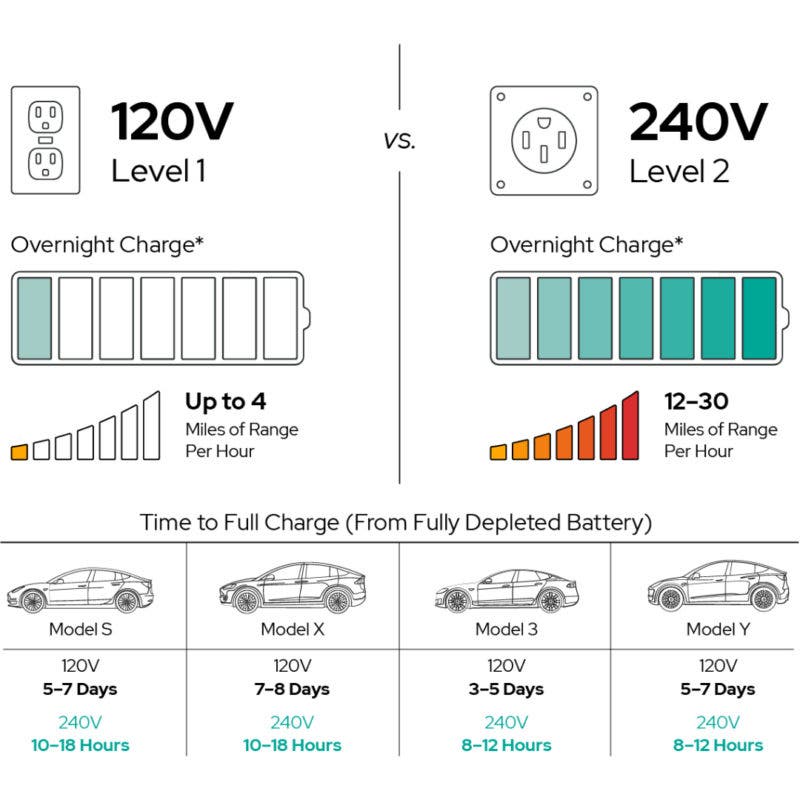
The differences in speed between Level 1 and Level 2 charging for four different Tesla models. Image courtesy NeoCharge.
Best Method for Charging at Home – Level 2 Charger
The most popular and effective way to charge an electric car at home is by a Level 2 charger due to its ability to fully recharge any EV overnight. For those that already have a 240V outlet, you can use a NeoCharge Smart Splitter to automatically share your dryer outlet with an electric car charger. Some EVs come with a Level 2 charger, while others only come with a Level 1 charger (120V). For those who have to separately purchase a Level 2 charger, prepare to spend around $500, however, you’ll most likely be eligible for the U.S. federal tax credit to reduce that amount. The charger, about the size of a shoe box, can be wall mounted for ease of use.
Diving into more detail here is the first of three articles to help you learn more about the cost and the process of installing a Level 2 charger for your electric vehicle at home:
Charging an Electric Car Overnight – Cheapest Way
In addition to the convenience of charging at home, the cheapest electricity rates happen to be overnight. Therefore, not only is charging at home the most convenient way, but also the cheapest way. Electricity rates depend on the time of day and also the utility provider, nonetheless charging an electric car at home is usually around one-third the cost of gas. This can translate to saving thousands of dollars on fuel expenses each year by driving electric. Savings can increase even further since EVs require much less maintenance than gas-powered vehicles. Say goodbye to oil changes!
Public Charging
When talking about charging an electric vehicle at home, it is important to address public charging as it is complementary to home charging. For those who do not have access to charging at home, there are thousands of public charging stations across the country.
Some of these public charging stations charge as quick as home charging, while others are even faster and only take around 30 minutes. These types of charging stations are known as Direct Current Fast Charging stations–or DCFC (sometimes called Level 3 charging). The most popular example is the Tesla Supercharger. Because of the faster charging times, the cost to use these chargers are usually around the cost of gas. That being said, they are typically only used when home or workplace charging is not available.
Keep in mind that DCFC are usually only for all-electric vehicles and not for plug-in hybrid electric vehicles. This is because plug-in hybrids are designed to use gas when the electric range is depleted.
Stay tuned for more articles to come!

